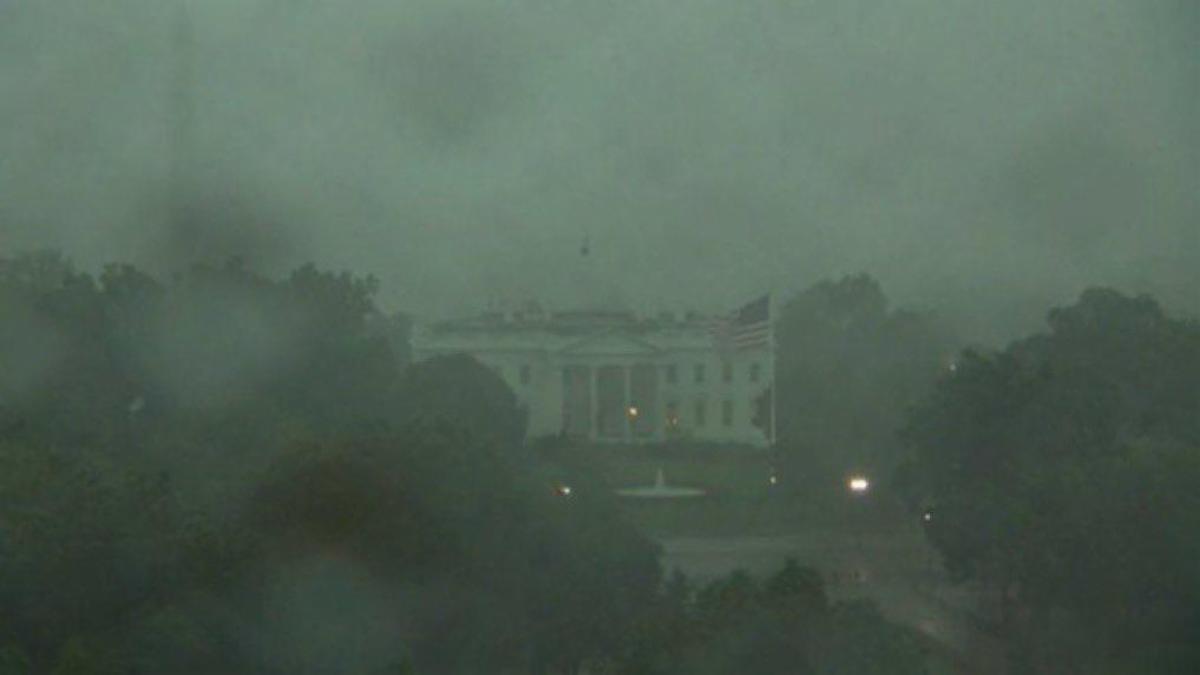Article Body
When a storm is approaching, understanding the difference between a tornado watch and a tornado warning can save lives. These terms are issued by the National Weather Service (NWS) and are critical for public safety. In this article, you’ll get simple, accurate answers to frequently asked questions about tornado alerts. Whether you’re a student, a traveler, or a homeowner, these FAQs will help you stay informed, calm, and ready during severe weather events.
🔍 Frequently Asked Questions About Tornado Watches and Warnings
What is a tornado watch?
A tornado watch means weather conditions are favorable for tornadoes to form.
-
Issued before a tornado is spotted
-
Covers a large area (several counties or states)
-
Stay alert, monitor updates, and prepare to take shelter
Think of it as a “heads up” to stay weather-aware.
What is a tornado warning?
A tornado warning means a tornado has been spotted or detected by radar.
-
Issued when a tornado is happening or imminent
-
Covers a smaller area (city or part of a county)
-
Take shelter immediately – your safety is at risk
This is your “act now” alert.
How can I tell if I’m under a tornado watch or warning?
You can check:
-
Local news or weather channels
-
NOAA Weather Radio
-
Emergency alerts on your phone
-
Weather apps like The Weather Channel, AccuWeather, or RadarScope
Always stay informed during storm season.
What should I do during a tornado watch?
-
Prepare your emergency kit
-
Identify the nearest safe shelter
-
Stay tuned to updates from NWS
-
Charge your phone and power banks
-
Avoid unnecessary travel
Preparation is key.
What should I do during a tornado warning?
-
Go to a basement or interior room on the lowest floor
-
Stay away from windows and doors
-
Use mattresses or blankets for protection
-
If outside, seek shelter in a low-lying area
-
Do not stay in vehicles or mobile homes
Act fast to stay safe.
How long do tornado watches and warnings last?
-
Tornado watches: Usually last 4–8 hours
-
Tornado warnings: Typically last 30 minutes or less
Always follow local weather updates for changes.
Are tornado watches and warnings issued by the same agency?
Yes. Both are issued by the National Weather Service (NWS) in coordination with local emergency management agencies and storm spotters.
Can a tornado happen without a warning?
Yes, though rare.
Sometimes tornadoes develop so quickly that warnings come too late. That’s why tornado watches are important for early preparation.
What’s more dangerous: a watch or a warning?
A tornado warning is more dangerous because it means a tornado is already occurring or is about to occur. Immediate action is required.
What tools can I use to get tornado alerts?
-
NOAA Weather Radio
-
Wireless Emergency Alerts (WEA)
-
Official weather apps (e.g., FEMA, WeatherBug, AccuWeather)
-
Local news stations and social media
Use multiple sources to ensure you’re notified.
Can I ignore a tornado watch?
No, never ignore a tornado watch.
It’s a sign that conditions are serious and may worsen. Use this time to get ready.
✅ Expert Advice: Stay Safe During Tornado Alerts
-
Don’t wait for visual confirmation of a tornado to act.
-
Keep shoes on during storms in case of evacuation.
-
Practice drills at home, especially with children.
-
Avoid elevators during tornado warnings.
-
Review your local emergency plan and know where to go.
Being proactive saves lives.

Comments